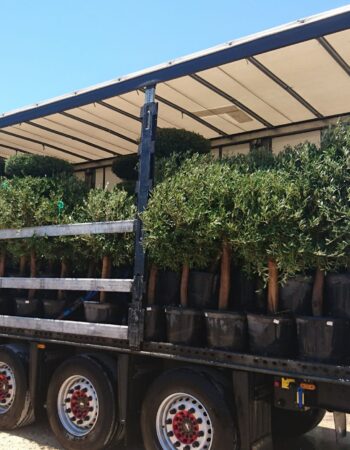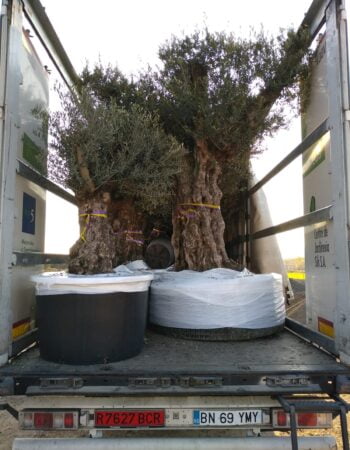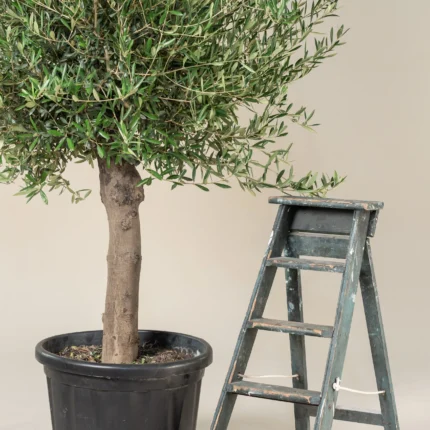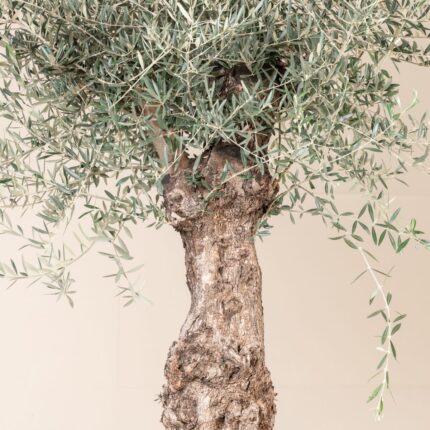Cercis Siliquastrum
Cercis siliquastrum, commonly known as the Judas Tree, is a small to medium-sized deciduous tree native to Southern Europe and Western Asia. It is renowned for its striking display of pink to purple flowers that appear in spring, often before the leaves emerge. The tree has a rounded, spreading canopy with heart-shaped leaves that turn a vibrant yellow in the fall. Its twisted trunk and branches add to its ornamental appeal, making it a popular choice for gardens and landscapes.
Size and packaging guidelines

Fermentum scelerisque hendrerit parturient nullam enim lobortis litora parturient dictumst.
Potenti a quisque tincidunt venenatis adipiscing parturient fermentum nisl tincidunt amentu.
Scelerisque conubia lobortis a condimentum ad eleifend dui integer maecenas habitant nostra.
| Specification | Chair | Armchair | Sofas |
| Height | 37" | 42" | 42" |
| Width | 26.5" | 32.5" | 142" |
| Depth | 19.5" | 22.5" | 24.5" |
| Assembly Required | No | No | Yes |
| Packaging Type | Box | Box | Box |
| Package Weight | 55 lbs. | 64 lbs. | 180 lbs. |
| Packaging Dimensions | 27" x 26" x 39" | 45" x 35" x 24" | 46" x 142" x 25" |
- Botanical Name: Cercis siliquastrum
- Common Names: Judas Tree, Love Tree
- Mature Height: 15-30 feet (4.5-9.1 meters)
- Mature Spread: 15-25 feet (4.5-7.6 meters)
- Growth Rate: Moderate
- Light Requirements: Full sun to partial shade
- Soil Requirements: Well-draining soil; tolerates a range of soil types including clay, loam, and sandy soils; prefers neutral to slightly alkaline pH
- Water Needs: Moderate; drought-tolerant once established
- Foliage: Deciduous; heart-shaped leaves, bright green in summer, turning yellow in fall
- Flowers: Small, pea-like flowers, pink to purple in color, bloom in clusters directly on the branches and trunk (cauliflory); appear in early to mid-spring
- Fruits: Flat, brown seed pods (siliques) that develop in late summer and can persist into winter
Uses:
- Ornamental: Ideal for use as a specimen tree in gardens and landscapes due to its stunning springtime flowers and attractive foliage.
- Urban and Street Tree: Suitable for urban environments due to its moderate size and adaptability to various soil types.
- Cottage and Wildlife Gardens: Its flowers attract bees and other pollinators, making it a valuable addition to wildlife-friendly gardens.
Benefits:
- Showy Flowers: The Judas Tree’s abundant pink to purple blooms create a spectacular display in spring, brightening up the landscape.
- Adaptable: Tolerates a variety of soil conditions and is relatively low-maintenance once established.
- Attracts Pollinators: The flowers attract bees and other pollinators, supporting local biodiversity.
- Aesthetic Appeal: Its heart-shaped leaves, colorful flowers, and attractive fall foliage add multi-season interest to gardens and landscapes.
Cercis siliquastrum, or Judas Tree, is a beautiful and versatile tree that enhances any landscape with its stunning floral display, attractive foliage, and adaptability. It is an excellent choice for gardens, parks, and urban settings, providing year-round interest and ecological benefits.
Debes acceder para publicar una valoración.


CAREFUL TREE TRANSPORTATION
At Treezom, we take great care in transporting your trees to ensure they arrive in perfect condition. Our expert team uses various methods, depending on the size and volume of the order, to provide safe and efficient delivery. Whether you're ordering a single tree or a bulk order, we guarantee high standards of handling and care throughout the process.
MULTIPLE SHIPPING METHODS
- Truck Delivery: Ideal for local or regional deliveries, ensuring a smooth and timely shipment of your trees directly to your location.
- Sea Containers (20’ or 40’): Perfect for larger orders or international shipping. Our sea containers are equipped to handle bulk shipments with optimal protection.
- Other Customized Solutions: Depending on the size and nature of your order, we can offer tailored shipping methods to meet your specific needs.
No matter the shipping method, we use specialized packaging and handling procedures to protect the trees during transit, ensuring they arrive healthy and ready for planting.
Below, you’ll find key tips tailored to this species’ requirements. Whether you’re new to plant care or have plenty of experience, these guidelines are here to support you in keeping your green companion healthy and vibrant.
- Planting:
- Choose a location with full sun to partial shade to ensure abundant flowering.
- Plant in well-draining soil; the Judas Tree is adaptable but thrives best in slightly alkaline soils.
- Watering:
- Water regularly during the first few years to help establish a strong root system.
- Once established, it is moderately drought-tolerant. Water during prolonged dry periods as needed.
- Pruning:
- Prune after flowering in late spring to shape the tree and remove any dead or damaged branches.
- Minimal pruning is required; the tree naturally forms a pleasing shape.
- Fertilizing:
- Apply a balanced, slow-release fertilizer in early spring to support healthy growth and flowering.
- Avoid over-fertilizing, which can lead to excessive leaf growth at the expense of flowers.
- Pest and Disease Control:
- Generally resistant to most pests and diseases.
- Regular monitoring and good cultural practices, such as proper watering and spacing, help prevent issues.
*This information is provided for informational purposes only. For more detailed care, please consult a professional Gardener or Arborist.





















 Single Tree
Single Tree
Valoraciones
No hay valoraciones aún.